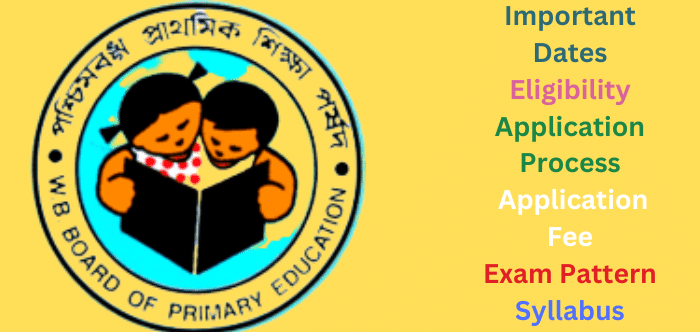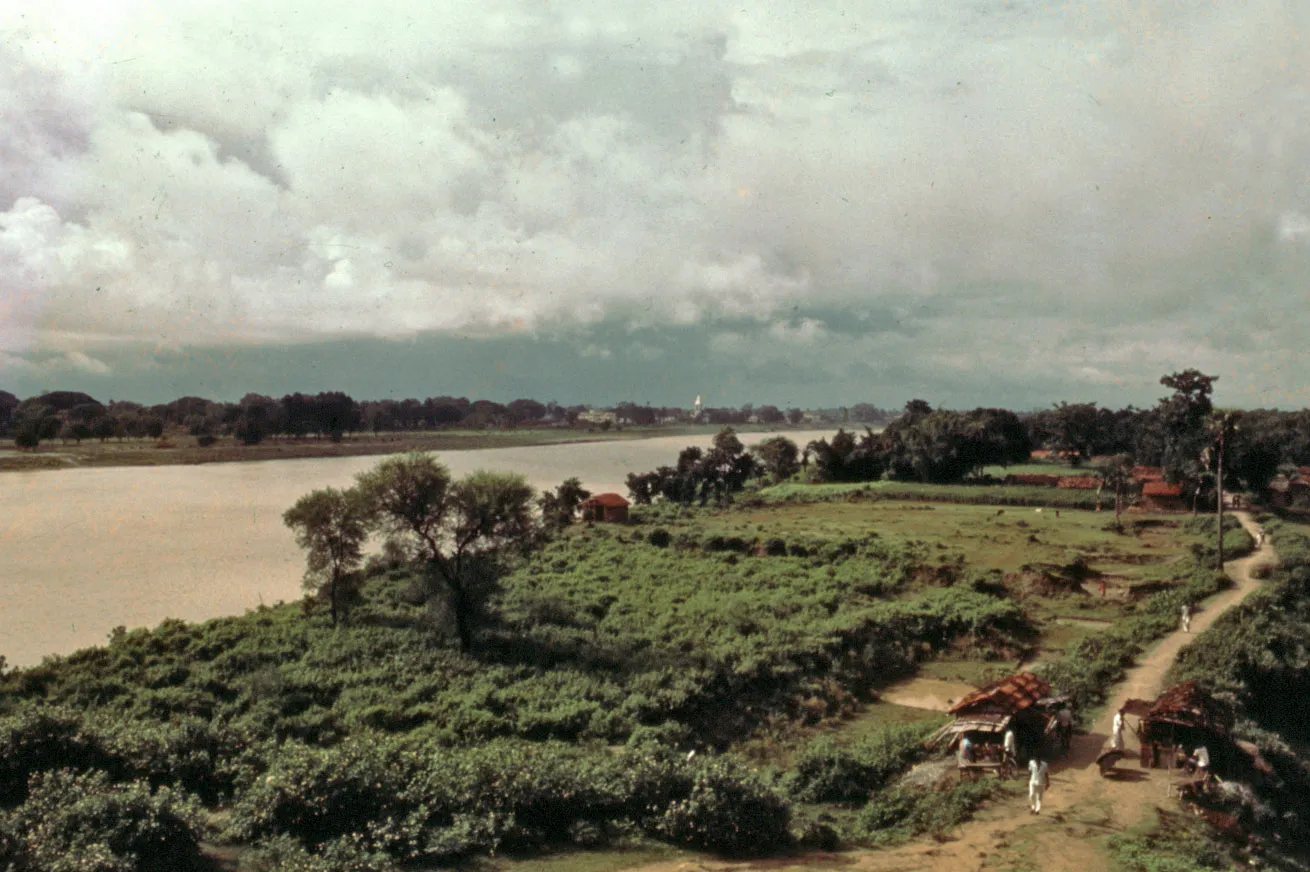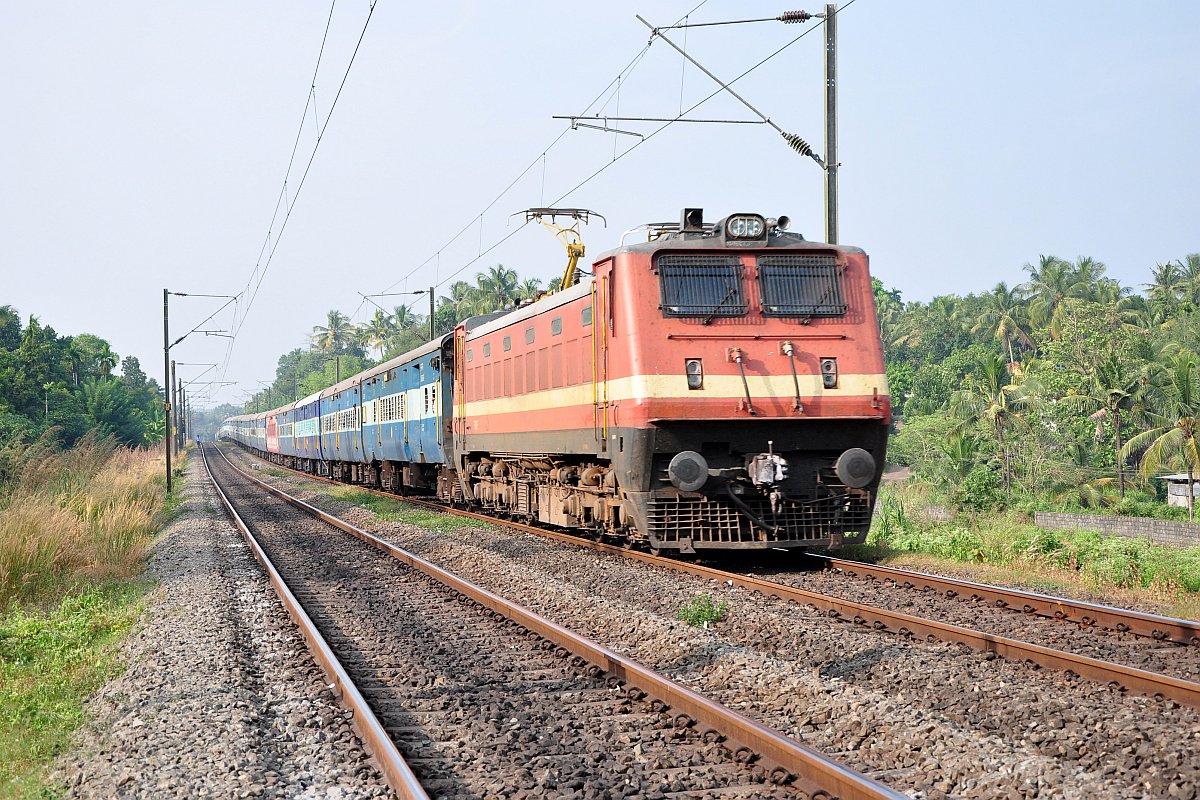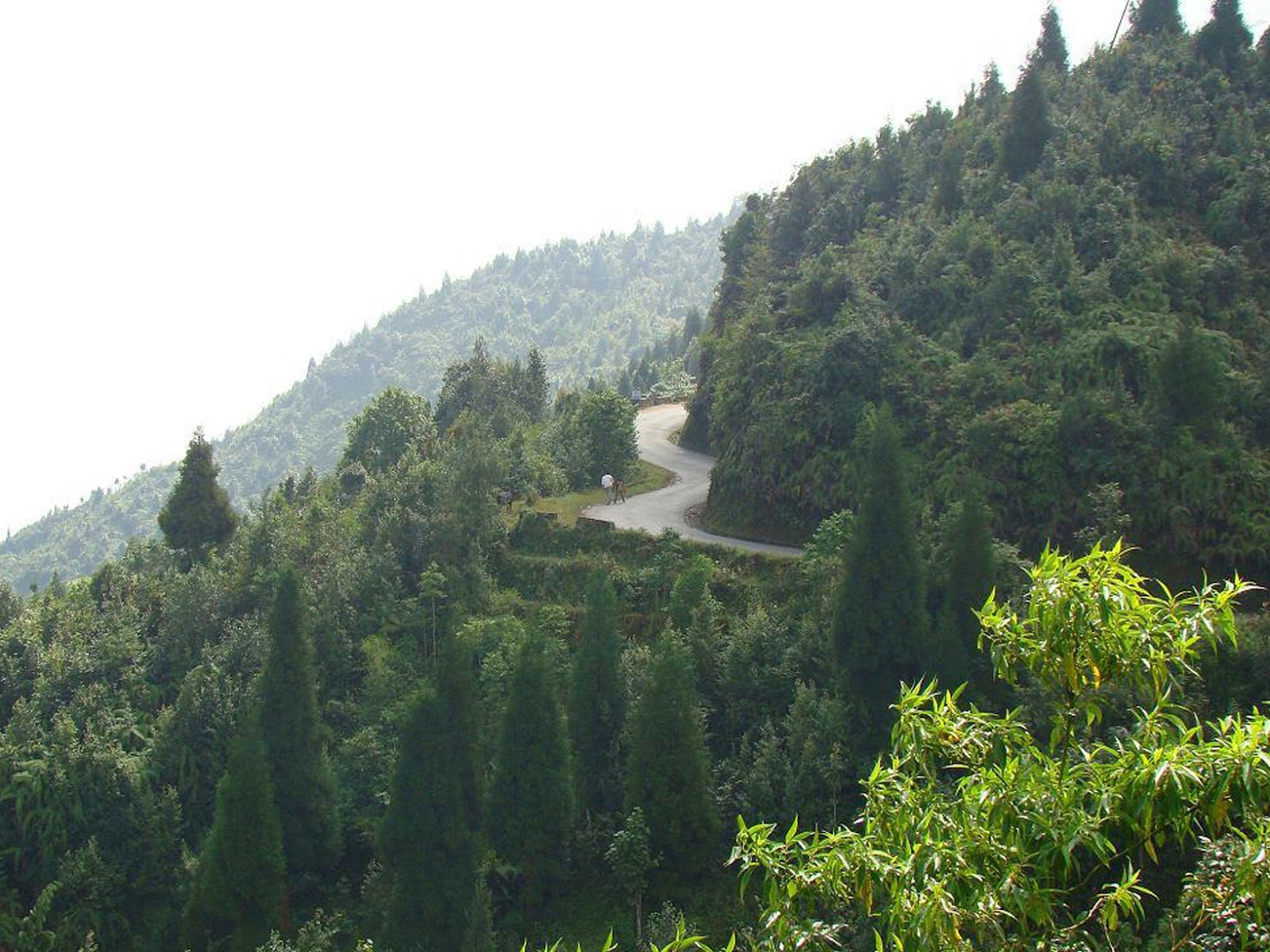
Understanding the Richness of Natural Resources in West Bengal
Located in eastern India, the state of West Bengal is home to a wealth of natural resources. The state’s economy and industrial expansion have been greatly impacted by the abundance of minerals bestowed upon it by its geological formation. By delving into West Bengal’s mineral resources, one can gain valuable insight into the state’s economy and see how social and economic growth are intertwined with the management of these natural resources of West Bengal. Minerals are important for more than simply their monetary value; they affect many areas of development, such as the expansion of industries, the number of available jobs, and the preservation of natural habitats.
Insights into the geographical composition, resource management practices, and significance of West Bengal in the larger Indian economy can be gained by aspirants of government exams through understanding of the state’s natural riches. The path forward for well-rounded and comprehensive growth is the responsible and sustainable use of these resources, in harmony with environmental considerations. For those preparing for government exams, this article gives a clear and comprehensive analysis of the mineral riches, usage, and conservation practices of West Bengal.
West Bengal’s Crucial Minerals: From Coal to China Clay
Numerous valuable natural resources of West Bengalare abundant. Numerous important minerals may be found all around the state, including:
Coal
The majority of West Bengal’s coal reserves are located in the western region, making it the state’s principal mineral resource. The bituminous coal produced by the Raniganj Coalfield in the Bardhaman district is well-known and widely utilized in the production of thermal power and many industrial processes.
China Clay
The Darjeeling district’s steep terrains are the primary locations of high-quality China Clay reserves. China Clay is a popular ingredient in many ceramic and related products, including utensils, tiles, porcelain, and sanitary ware, due to its flexibility and whitening capabilities.
Fire Clay
Fire clay is a raw material used to make refractory bricks, tiles, and pottery. It is found in deposits along coal seams in the Birbhum, Bankura, and Purulia districts.
Limestone
The districts of Purulia, Bankura, and Birbhum are the most prolific locations for limestone deposits. In addition to its usage in the production of iron and steel, limestone is an essential component in the cement industry.
Silica Sand
There are large deposits of silica sand in West Bengal, particularly in the Medinipur area. Glass, ceramics, foundry molds, and even fluxing iron and steel are just a few of the many sectors that make extensive use of it.
Apatite and Rock Phosphate
The minerals apatite and rock phosphate, which are found in the Purulia district, are used to make phosphatic fertilizers.
Dolomite
The Purulia district in West Bengal is home to substantial dolomite reserves. Float glass, soil conditioning, microfluidics, and the iron and steel industries all make use of dolomite as flux.
Quartz and Feldspar
Peggmatites in the Purulia district contain feldspar and quartz. Feldspar is a typical raw material in ceramics and glass manufacture, while quartz is utilized in electronics, foundry molds, and glass making.
Economic Significance and Utilization
- West Bengal’s industrial sector is heavily reliant on the natural resources of West Bengal.
- Power generation in the state is greatly aided by its coal reserves, which are utilized by a number of thermal power plants.
- The ceramics and refractory industries rely on fire clay and China clay as their primary raw materials. Cement plants couldn’t have been built without limestone supplies, and glass factories couldn’t function without silica sand.
- West Bengal’s socio-economic growth is greatly enhanced by these minerals, which create jobs, improve infrastructure, and assist downstream businesses.
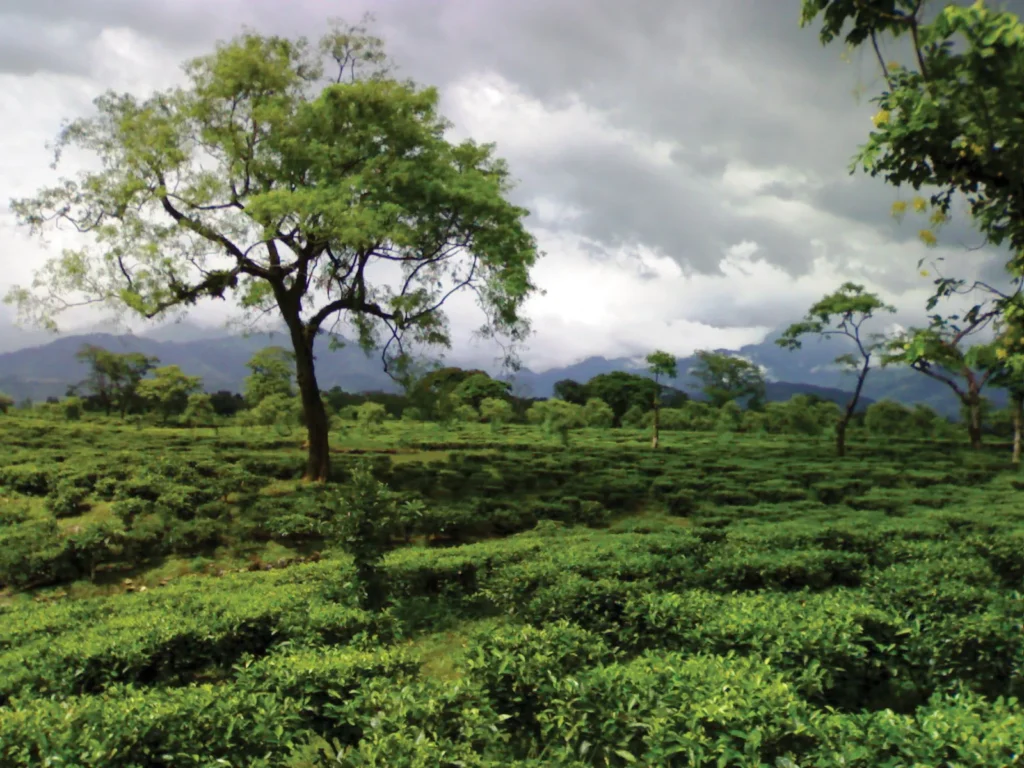
Government Role in Mining Activities and Regulation
There is a broad and vital role for the government in West Bengal’s mining activity and laws. Basically, it’s all about making sure that mineral resources are used in the most efficient and sustainable way possible, taking into account social and environmental standards.
This is mostly the responsibility of the West Bengal Mineral Development and Trading Corporation Limited (WBMDTC), a government agency. The following are the main functions of the WBMDTC:
Supervision and Management
Management, exploration, and extraction of mineral resources in the state are overseen by the WBMDTC. In order to make sure that mining operations follow national and state mineral policies, it is in charge of overseeing and administering them.
Policy and Lawmaking
Environmental standards and legal rules pertaining to mining and its aftermath are established by the government. These regulations are put in place to make sure that the mining sector is fair, that workers are safe, and that the environment isn’t harmed. The Mineral Conservation and Development Rules, 2017 and the Mines and Minerals (Development and Regulation) Act, 1957 are two important pieces of legislation.
Authorizations and Licenses
Mining licenses and permits are issued by regulatory agencies of the state government. It guarantees that these operations are carried out solely by operators with the proper licenses and who adhere to all regulations.
Supporting Eco-Friendly Mining Practices
In an effort to increase productivity while decreasing waste and protecting the environment, the government supports scientific and sustainable mining techniques. There is an attempt to find a middle ground between economic benefits and environmental concerns.
Improvements to Existing Facilities
To help the mining sector and the local people, the government builds transportation, power, and water infrastructures in and around mining locations.
Programs for Social Assistance
Government assistance programs frequently target indigenous communities and individuals affected by mining operations. Health, education, employment, and improved living circumstances are all goals of government programs that target these neighborhoods.
Restoration and Healing
Site rehabilitation and reclamation are mandated by the government following mining in an effort to restore the region’s ecosystem and ecology.
Preservation and Environmentally Friendly Mining Methods
The state of West Bengal has been pushing for conservation and sustainable mining techniques because it realized that mineral resources are limited and that their unregulated extraction hurts the ecosystem. To make the most of the available resources while causing the least amount of harm to the environment, a number of different approaches have been taken. Some important points are as follows:
Cutting Down on Waste
By encouraging recycling in industrial operations and decreasing wastage in extraction processes, the state encourages efficient use and conservation of minerals. To prevent the wasteful over-mining of natural resources, the government, via the WBMDTC, employs cutting-edge scientific methods and technology to maximize extraction.
Conclusion
The cultural, economic, and ecological aspects of West Bengal are all greatly influenced by natural resources of West Bengal. The eastern Indian state of West Bengal is a veritable treasure trove of natural resources, including coal, iron ore, and a host of other minerals.



